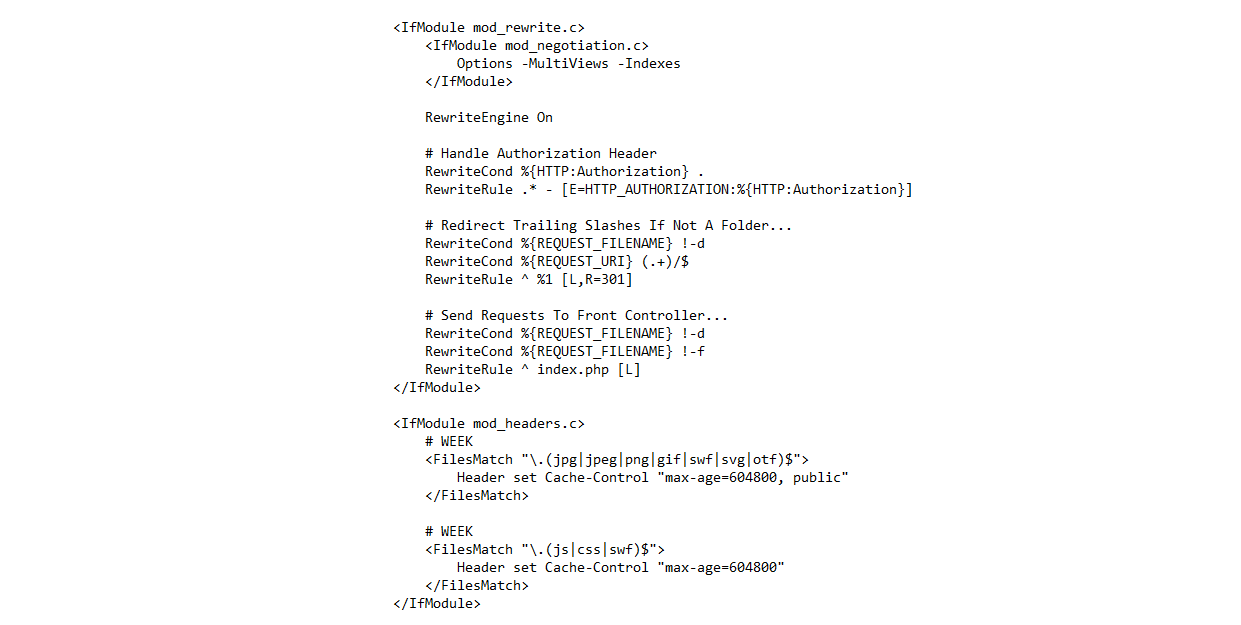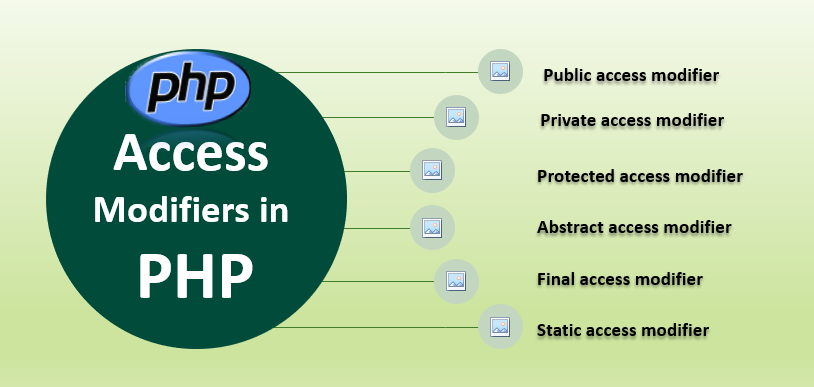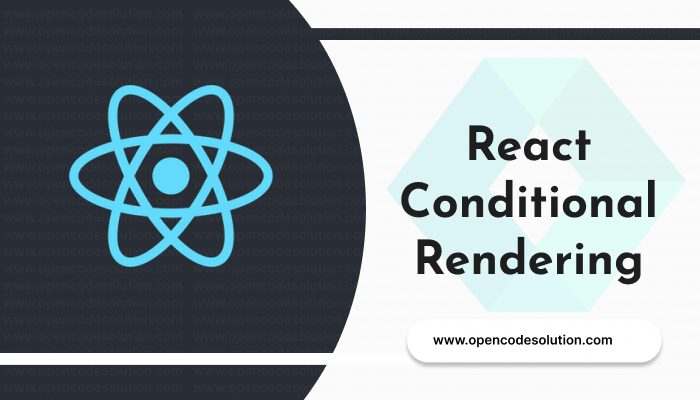Git Staging Environment: Managing Changes Before Committing

In Git, the staging environment, also known as the "index," plays a crucial role in managing changes before they are committed to the repository. It allows you to selectively choose which modifications should be included in the next commit, giving you greater control over your version control workflow. In this blog post, we'll explore how the staging environment works and how you can leverage its power to efficiently manage your code changes.
Understanding the Staging Environment
The staging environment serves as an intermediate step between your working directory and the repository. It allows you to prepare and review your changes before finalizing them with a commit. Here's a breakdown of how the staging environment works:
Working Directory: This is where you make modifications to your files.
Staging Area: After making changes, you selectively add them to the staging area. This step allows you to curate the changes that will be included in the next commit.
Commit: Finally, you commit the staged changes to the repository, creating a new snapshot in the version history.
Working with the Staging Environment
Checking the Status: Use the following command to see the status of your repository, including the changes in your working directory and the files in the staging area:
git status
Adding Changes to the Staging Area: To add specific changes to the staging area, use the following command:
git add <file>
This command adds the specified file to the staging area, ready to be included in the next commit.
Adding All Changes to the Staging Area: If you want to add all changes in your working directory to the staging area, use the following command:
git add .
This command adds all modified and new files to the staging area.
Reviewing Staged Changes: To review the changes in the staging area before committing, use the following command:
git diff --staged
This command displays the differences between the staged changes and the last commit.
Committing Staged Changes: Once you're satisfied with the changes in the staging area, commit them to the repository using the following command:
git commit -m "Commit message"
This command creates a new commit with the staged changes and adds a descriptive message.
Congratulations! You now have a solid understanding of the Git staging environment and how it can help you manage changes before committing them to the repository. By utilizing the staging area effectively, you can curate your commits, review changes, and maintain a clean and organized version history.
Remember to frequently check the status of your repository, selectively stage changes, and commit your modifications with descriptive messages. With the power of the Git staging environment, you'll have better control over your code changes and collaborate more efficiently with your team.
Categories : Git
Tags : git version control Git commands code management collaboration Staging environment Code changes Version control workflow software development Team collaboration

Abhay Dudhatra
0 Comments
Related Articles
Learn Most Common Git Commands
 By Praful Sangani -
July 26,2022
By Praful Sangani -
July 26,2022
TOP 10 PROGRAMMING LANGUAGES USED BY GITHUB CONTRI...
 By Praful Sangani -
July 27,2022
By Praful Sangani -
July 27,2022
Git Tutorial: A Comprehensive Guide to Version Con...
 By Abhay Dudhatra -
May 14,2023
By Abhay Dudhatra -
May 14,2023
Categories
Laravel
48React
17CSS
4jQuery
3PHP
19JavaScript
53HTML
4Python
30Node.js
2Git
8Bootstrap
15MySQL
7WordPress
27Popular Articles

WordPress Add Posts #16
August 04,2022
GZIP and Browser Cache a website wi...
July 21,2022
Destructuring and Spreading
August 13,2022
Import Export CSV And Excel File in...
July 22,2022
Laravel 8 Custom User Login and Reg...
July 19,2022Featured Articles

Laravel 9 Custom Login and Registra...
May 11,2023
SQL Basics: A Beginner's Guide to S...
May 05,2023
Generating PDF Files in Laravel Usi...
April 26,2023
Laravel Image Intervention: A Guide...
April 26,2023
How to Generate BarCode in Laravel?
April 26,2023
Implementing Payment Gateway in Lar...
March 26,2023
Laravel 8 Model Observers Example T...
March 10,2023
How to use Forelse loop in Laravel...
August 08,2022
What Is Wordpress #1
August 04,2022
Bootstrap Alerts
August 03,2022
Essential JS for PHP
August 03,2022
PHP Sparkline
August 03,2022
Groups in React Textbox
August 03,2022
JavaScript exercise-examples for Be...
August 03,2022
Create Social Login In Laravel With...
August 01,2022
Using Laravel Model Factories
July 30,2022
How to Include Bootstrap 5 in our w...
July 28,2022
What Is Data Structures ?
July 28,2022
How to Validate Your Laravel App's...
July 27,2022
TOP 10 PROGRAMMING LANGUAGES USED B...
July 27,2022
Create Select Options from Enums, L...
July 27,2022
Fast Paginate for Laravel 9
July 27,2022
Add Useful Info to the Laravel Abou...
July 27,2022
Learn Most Common Git Commands
July 26,2022
React Hooks: Array Destructuring Fu...
July 25,2022
Laravel 8 CRUD operation
July 23,2022
How to Generate QR Code in Laravel...
July 21,2022
Access specifier in php
July 20,2022


